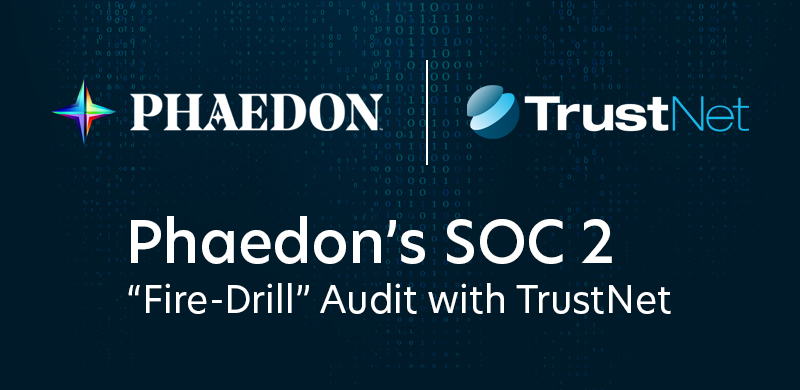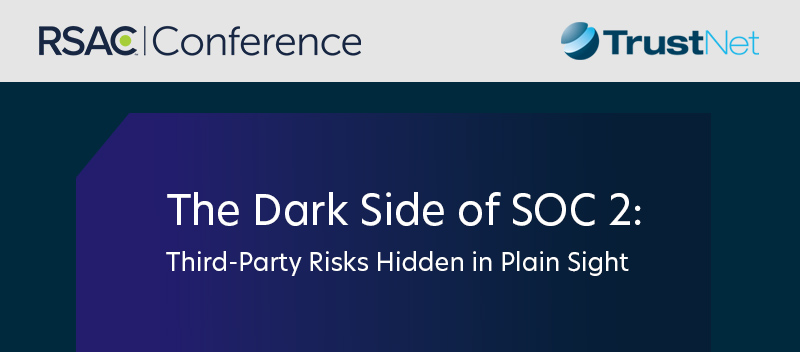
Threat actors are constantly trying to discover weaknesses in the security perimeters of company networks. To make matters worse, the complexity of today’s technology makes it easy for human error to occur even among people who have no intention of doing anything wrong. Preventing risk to your hardware and software means instituting a robust cybersecurity infrastructure that is designed to monitor, plan for, detect, isolate, neutralize and prevent any future threats.
In many cases, businesses hire a managed security service provider (MSSP) to review, test, modify and update network safety procedures. As part of this process, they will conduct a network security audit. While this may sound like an ominous or intimidating prospect, it is the best way to evaluate your potential risk and vulnerabilities to protect against threats of all kinds.
Steps Involved In Network Security Audits
While companies differ substantially and have unique objectives and cultures that must be taken into consideration, the network security auditing process can be broken down into six general parts:
- Mapping and security policy review. Before doing anything else, the network security auditor must understand the overarching scope of your security system. That means mapping out all of your hardware devices, software and information assets and determining who has access to what data. In addition, the specialist will take stock of all of the security procedures and protocols you have put in place to assess if any need to be modified, deleted or updated according to current industry compliance standards.
- Security architecture inspection. After the auditor obtains a general understanding of the protocols and equipment in your organization, it will be important for that person to get down to the nitty gritty details of your cybersecurity infrastructure. During this process, the specialist will gain in-depth insights into all of your controls and technology to help them determine where any vulnerability issues might exist.
- Risk assessment. Using a variety of sophisticated assessment tools, the MSSP thoroughly scrutinizes your entire network protection environment to define the scope of your systems (function, process and application), search for possible threats and see how well your controls are working. At this point, potential risks can be prioritized in order of importance so that the most critical can be fixed first.
- Firewall assessments. Since your firewall is a vital barrier between your organization and the outside world that is constantly monitoring all incoming and outgoing traffic, its integrity must be beyond reproach. To that end, the network security auditor should scrutinize all components, including the firewall’s permissions and rules, management processes and procedures, typology and configuration. Of course, the expert will also ensure that the system has been updated with the most recent patches.
- Penetration testing. In this process, your auditor will attempt to break into your network just as a hacker might. Using this method gives these service providers a direct understanding of where your system is vulnerable so that they can then go in and fix the problems and fill the holes where data leaks can occur.
How a Network Security Audit Checklist Can Help
As you go through the process of assessing your organization’s security strengths and weaknesses, it is often very helpful to visualize it using a concrete tool. This network assessment checklist can be customized to fit your specific needs and can be helpful to your internal auditors or to a MSSP that you hire from outside to take charge of the tasks of audits and other services.
In general, your network vulnerability assessment checklist should contain the following information:
- Name of auditor;
- What network is being audited?
- Name of the entity requesting the audit;
- Date audit began;
- Uploaded internal procedures documentation;
- Description of your procedure management system. Use logs and other records to document that staff are following security procedures.
- Description and assessment of the effectiveness of staff training procedures;
- List of all software, including version numbers, date of last update installation and the most current available update;
- Documentation of penetration test outcomes;
- Use static and dynamic testing tools to check codes for vulnerabilities;
- Assessment of firewall, including review of rules and permissions;
- Review of access controls for sensitive information, including where the data is stored and who can obtain it;
- Description of procedures for encrypting staff laptops and other devices;
- Description of wireless network security protocols;
- Scan of all access points for unauthorized access risks;
- Description of who regularly monitors event logs. A software solution can be employed to augment human assistance.
Once you complete it, all that remains is to print up the report and send it to your concerned stakeholders. That’s when the real work begins for most organizations.
Although the thought of performing a network security audit might be a bit anxiety-provoking, the benefits are significant. Armed with the information gained from applying this assessment of your strategic plans and security infrastructure, you and your staff can gain a thorough understanding of your strengths and weaknesses. Accentuating the former while minimizing the latter is much easier when you know all of the parameters. In the end, a successful network security audit can give you peace of mind and bolster your reputation with investors, staff and customers.




